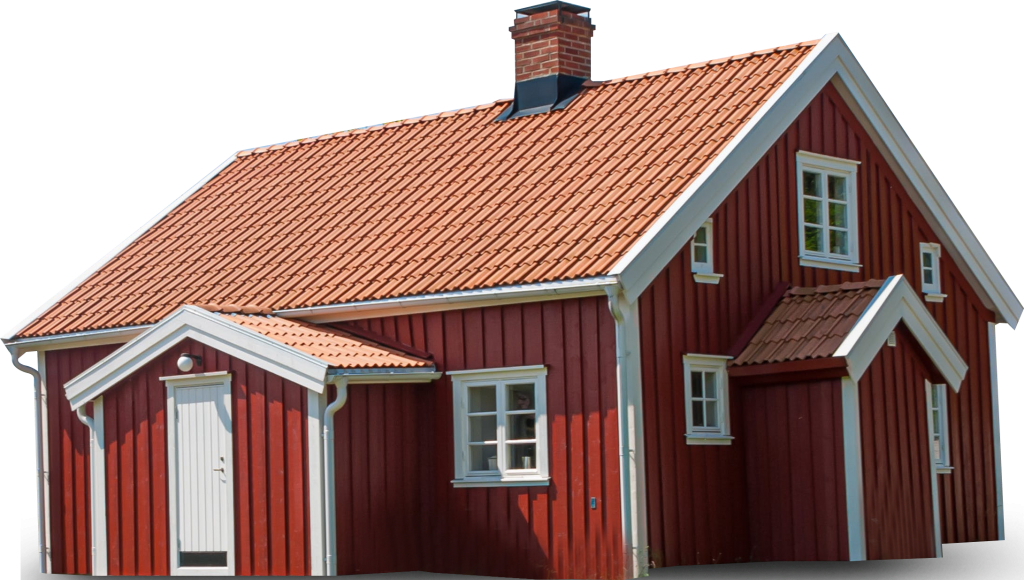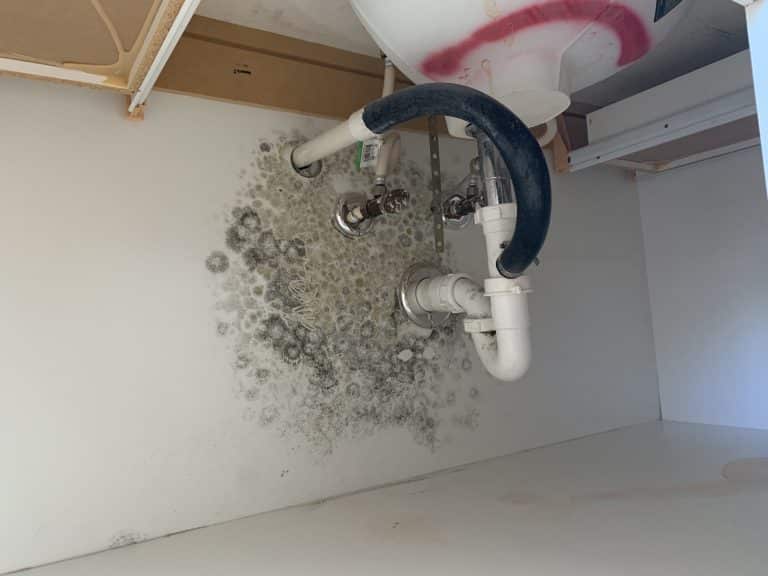Mold is a fungus, and it’s found almost everywhere—everywhere with water, warmth, oxygen and a food supply, that is. Outdoor mold has an important role in the ecological scheme of things: It breaks down organic matter (e.g., dead leaves, plants, trees) and returns those nutrients to the soil. Without mold, without those nutrients, the entire food chain would go berserk.
Indoor mold is a whole other matter. We could live without it quite well. It’s unsightly, smelly and, literally, sickening. Mold comes indoors via spores (microscopic seeds) that float around in the air until they find just the right place to establish a new colony—your basement or attic, shower, drywall, for instance, that is warm and damp. Once there, the mold itself doesn’t move; it spreads by means of its very fine filaments (hyphae) that can grow to great lengths.
Once the mold has settled in, its spores are floating around inside your home, causing any number of illnesses at varying degrees of severity, particularly upper respiratory conditions. As for your home, mold can bring it down around you, if left unchecked to feast on organic materials, such as wood (even the studs in your walls), paper, textiles, drywall, carpet and floorboards.








